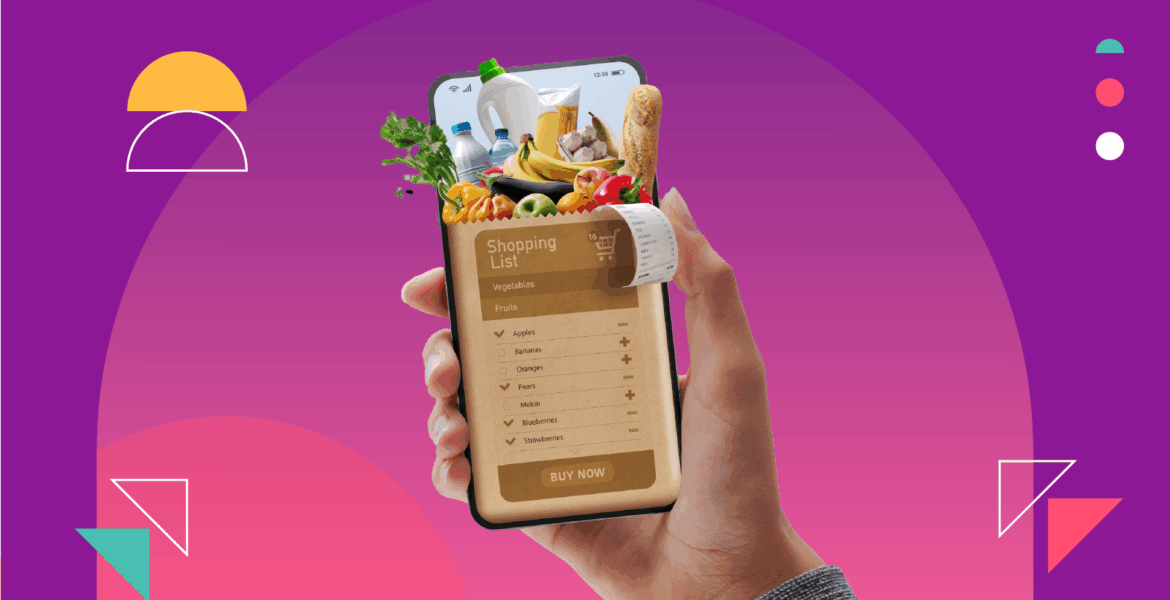By Chris Camacho, CEO, Cheil UK
For decades, grocery growth strategies have been built on a familiar playbook: draw shoppers in with promotions, funnel them towards a purchase, and hope loyalty cards keep them coming back. But the marketing funnel this thinking relies on was designed for a different era – one of limited choice, predictable media, and clear lines between store and shelf.
That era has gone. Grocery is now an always-on, everywhere category. The weekly shop can start on a phone during the commute, continue via a voice assistant in the kitchen, and finish in a click-and-collect bay. Yet many retailers and CPG brands are still pumping budget into “top of funnel” awareness as if a neat path to purchase exists. It doesn’t.
The brands that will thrive are those that ditch the funnel for what I call the “experience flywheel” – a growth model where every interaction builds momentum, value, and emotional equity. Instead of pushing people through a staged journey, you create an ongoing loop so compelling that shoppers choose to stay in your orbit.
Why the funnel is slowing down
In grocery, loyalty schemes have been the classic retention engine. But even the most sophisticated – Tesco Clubcard, Sainsbury’s Nectar, Lidl Plus – still often work in a linear way: collect data at checkout, push offers to drive the next trip. Useful, but not enough in a world where shoppers expect instant rewards, personal relevance, and value that extends beyond price.
Add to that the blurring of retail channels – rapid delivery apps, retail media networks, branded experiences in social commerce – and the old funnel feels like a slow conveyor belt in a high-speed race. What grocery needs instead is a model that builds momentum rather than loses it.
A flywheel gains speed with every input. In grocery, that might mean a personalised meal plan in a retailer’s app prompting basket add-ons in real time. It could be a recipe video co-created with a chef or creator that’s instantly shoppable, or data from your last shop informing dynamic promotions before you even open the app. It might also be in-store activations that link to online communities sharing tips, hacks and offers. Every touchpoint fuels the next, blurring the line between marketing, service and experience. And the more connected these moments are, the more momentum you create.
What grocery leaders need to do next
It’s not about replacing price and promotion – they will always matter in a value-conscious category. It’s about layering creativity, data, and technology into a self-reinforcing system:
- Creativity that earns attention in the right place – from branded cook-alongs in-store to gamified seasonal challenges online.
- Data that feels like service, not surveillance – turning Clubcard or Nectar insights into genuinely helpful moments.
- AI that works in the background – predicting replenishment needs, adapting offers to household preferences, learning in real time.
The winners will be those who stop thinking about the “trip” and start designing for the loop. Every interaction – whether it’s in the aisle, in the app, or in an Instagram feed – should make the next one more valuable.
Because in a market where attention is fleeting and baskets are split across channels, the true measure of loyalty isn’t how often a shopper returns to your store. It’s how hard it is for them to leave your orbit once they’re in it.











